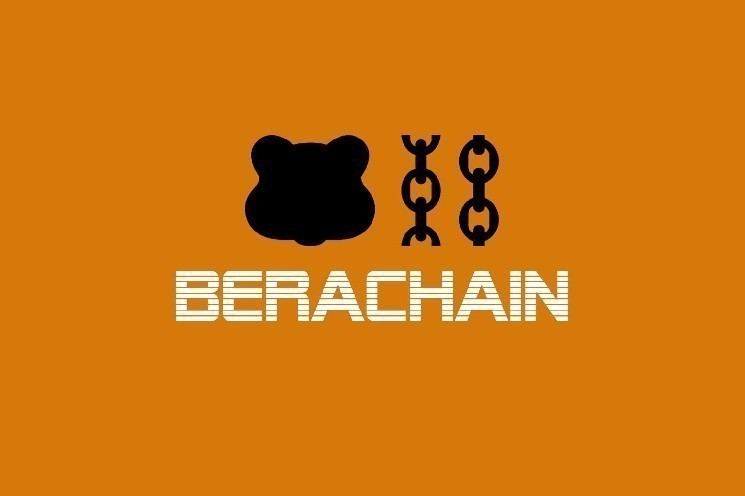- Burve is now live on Berachain mainnet, introducing multi-token stableswaps and de-peg protection features.
- Built on Berachain, Burve uses PoL mechanics to enhance liquidity and DeFi utility.
Burve is officially live on the mainnet, and has immediately caught the attention of DeFi enthusiasts. Its launch not only adds to the list of protocols in the crypto space, but also immediately emphasizes its commitment to supporting the Berachain ecosystem.
With features such as multi-token stableswaps, a yield mechanism from rehypothecation, and a de-peg protection system, Burve immediately dives into the core of the liquidity and capital efficiency issues that have so far made many DeFi protocols struggle.
🎪 Burve is live on mainnet!
Multi-token stableswaps, rehypothecation yield & de-peg protection. Start providing liquidity, start swapping.
Try it out here: https://t.co/3q6ISxHyr1 pic.twitter.com/uFmbrIGqDV
— Burve (@Burve_fi) July 1, 2025
Burve: Built for Liquidity, Designed for the Most Active Players
Burve doesn’t run alone. It is built directly on the foundation of Berachain, a Layer-1 blockchain based on Proof-of-Liquidity (PoL). PoL is not just a shift from Proof-of-Stake, but rather a new approach that rewards active users who actually provide liquidity.
Just compare: while other networks are busy staking idle assets, on Berachain the most active are the ones who are more rewarded. And this is where Burve comes into its own. It leverages the unique BERA and BGT token systems, and provides extra incentives for liquidity providers through a yield strategy that is different from traditional DEXs.
Smarter, Simpler, and More Entertaining with Berachain
On the other hand, CNF previously reported that Berachain is getting more serious about expanding the reach of its technology. In its latest RFRV, they introduced two important things: native liquidity from Solana and composable LST (Liquid Staking Tokens). They want to open up the flexibility of their ecosystem and make it more ready to welcome cross-network interactions.
Furthermore, there are two other improvements that have quietly stolen quite a bit of attention. First, the presence of McBera—an AI-powered digital assistant that allows users to carry out DeFi activities simply by typing commands. We are talking about blockchain interactions that can be run like chatting with a bot.
Second, there is Bectra, a command-based DeFi navigation system that makes using a wallet more intuitive. Imagine if all transactions could be done without having to switch tabs, that’s already happening here.
Not only that, a week ago the Berachain team also released the beta version of Beratown Home. In it, McBera is the most talked about feature because it can help users carry out on-chain actions just by chatting. At the end of May, BERA.TV was also officially opened to the public.
This is not just any streaming service—all the shows broadcasted are written entirely by AI. This platform is directly connected to the main network, giving a new color to the use of blockchain in the entertainment world. Real-time interaction between viewers and broadcasters is also a major part of it.
From the outside, Burve does look like any other DEX. But if you look deeper, it is a real representation of Berachain’s approach that doesn’t like to play it safe.
The rehypothecation mechanism—which utilizes idle funds in the AMM to generate additional yield—allows Burve to remain efficient without having to continuously pump fake volume. Moreover, the de-peg protection system embedded in its pool provides extra confidence for users who have been traumatized by the fall of stablecoins.
Meanwhile, as of press time, BERA is changing hands at about $1.75, up 8.85% over the last 24 hours, driving its market cap to surpass the $210 million mark.

